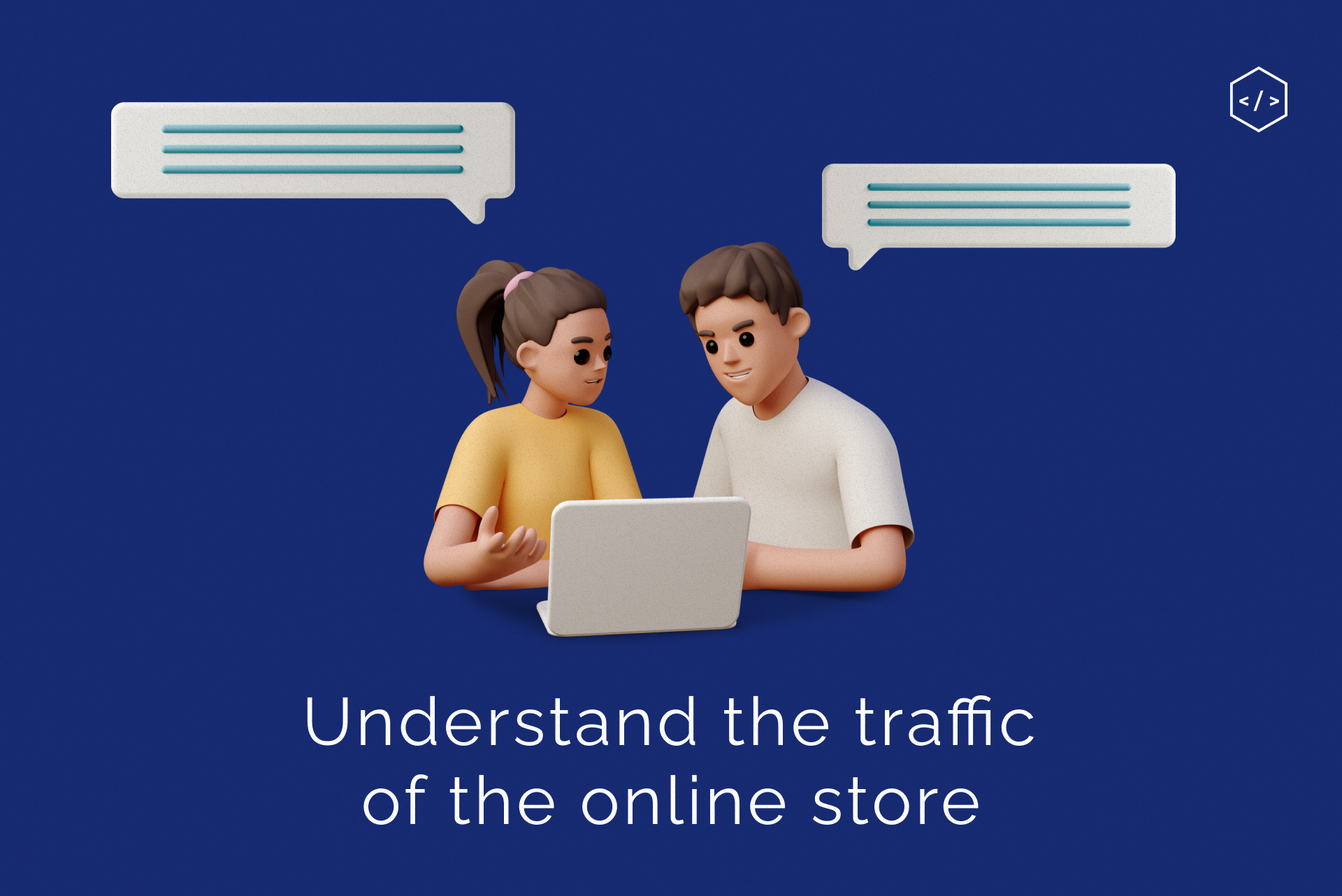How can you attract and analyze traffic?

Why study your traffic?
Knowing the types of traffic and the specifics of working with different channels allows you to determine the strengths and weaknesses of the product and prioritize development.
If you are a business, your website is the point of contact with your customers, so increased traffic leads to increased profits. In the media, traffic figures are the arguments that will allow you to "sell" the site to potential advertisers and thus make money. If you are an advertiser, you need to understand traffic to make your marketing activities more effective.
Traffic can be direct, referral, social, search, paid, and email. We will talk in more detail about the first four sources.
Direct. The site gets direct traffic when a person enters a web address in the search bar or goes to a resource from bookmarks in their browser. Attracting such traffic is the most difficult: the user must like the help to bookmark and visit regularly.
Importantly! The section with direct traffic can get traffic from other channels, and the service defines it as natural if Google Analytics fails to trace the traffic source.
Referral. These are transitions to the site following links on other platforms. The logic of increasing referral traffic is simple: the more links to your site appear on relevant media, the more people will visit it. Look for blogs, forums, and other sources where your content will be most beneficial.
Social. These visitors came to the site from social networks — Facebook, Instagram, TikTok, and Pinterest. Social traffic is generated by links in posts of various communities, links in comments, advertising from bloggers, etc.
Organic or Search. These are users who come to the site based on a specific query in the search engine. Accordingly, the higher the site on the search engine output page, the better. The leader among search engines is Google, and US users also use Yahoo! and Bing.
How to attract traffic
Work on your brand - recognition will help increase direct traffic. It can be done in several ways, depending on the business goals and brand development strategy.
Example:
PR — publications in blogs, managers' comments for various mass media, articles for infomercials with an active link to the site.
Influence Marketing — working with bloggers and opinion leaders with an active target audience of the site.
SMM — competent communication of the brand in social networks increases its recognition.
Content marketing — interesting materials you want to share will encourage readers to open and return to the site.
Remember that direct traffic cannot grow on its own, so numbers that are too high indicate a mistake or something out of the ordinary.
Promote the resource in the search engine through SEO. Optimized texts will help with this. For example, "evergreen content" - articles with information that will never go out of date and keywords on a topic. These can be guides, instructions, tips for life, for example, a recipe for a particular dish.
Search engines monitor the quality of content, so do not write texts "just in case." Spending more time and writing full-fledged, meaningful material that reveals the topic and contains the necessary and valuable information is better. Refer to reliable sources, including government agencies or specialized organizations' websites, especially regarding people's health and finances.
Study the policies of search engines and social networks. This way, you will understand which materials they "encourage" and which should not be published on a particular platform. For example, Google created the Search Quality Evaluator Guidelines — a document for assessors (employees who determine whether the content is helpful for the user — ed.), where, in particular, the rules for publishing news and information related to controversial topics (politics, religion, etc.). Study it carefully to "make friends" with the search engine.
Attract referral traffic using unique platforms.
It will be helpful to:
- news aggregators;
- messengers;
- engagement platforms for chatbots, comments, and reactions;
- push notification.
Adapt the same news for different social networks. Still, Facebook will not forgive you for a clickbait headline, so if you have one, replace it with a more specific one, add details and write a meaningful lead. You can do it simply on social networks.
Fill out the "About Us" section on the site, and add descriptions of your editorial staff. If the search engine understands that your site is not a one-day-old but a full-fledged resource maintained by live people, your content will rank better.
Learn more: Customer journey map: a look at the product from the target audience
Below we will focus on each service in more detail.
Google Analytics. It is the most popular resource for data analysis in media. Here you can find out how many users are on the site right now, understand who your audience is, and where it came from. Google even created a free Google Analytics for Beginners course, allowing you to understand the service's capabilities quickly. If you are a media editor and analyze data, pay attention to three critical parameters:
- Average session duration. Sometimes Google Analytics overestimates this figure - for example, it can show a 10-minute session when the user forgot to close the tab. Events, and user interactions with content that can be tracked regardless of page or screen views, will help to calculate the indicators more accurately. For example, add a video to the page and configure the video playback tracking function. Google Analytics will more accurately estimate the average duration of the session because it will receive information about the user's activity more times.
- Several pages viewed or session depth. The more time a person spends on the site, the better. The indicator can be improved if you configure "infinite scrolling" or "Read also" recommendation blocks. In the first case, one material will be followed by another, and the user will read several texts simultaneously. In the second, he will see more articles on the topic that interests him.
- Bounce rate is the percentage of sessions during which users viewed only one page of your site without going to other pages. The duration of such a session is not vital: each site sets its optimal indicator for itself—the lower the bounce rate, the better. For example, for top world media such as CNN, NYT, or BBC, 50-60% is considered the norm.
Crowdtangle. Used to analyze traffic from Facebook — both for their project and competing sites. It is impossible to track the number of conversions, but you can understand how cool the content "entered" on Facebook is. It works like this: the service groups all reactions to a post and outputs a coefficient. The higher the coefficient, the better the material was "rated" on Facebook. You can see indicators of different types of content separately: links, videos, native ads, etc.
OnthelO. Unlike Google Analytics, it does not analyze the user session as a whole but as a separate page of the site. Monitors user interaction with content: what percentage of people finished reading the article, from which traffic channels they came, to which pages they went from the article, and how long they spent on it and also compares this indicator with the estimated time of reading each specific report. OntheIO also shows materials that do not "come in" well and signals problems with the site or content.
Ahrefs. It is an SEO tool that allows you to analyze the effectiveness of keywords. It shows how difficult it is to "break into" Google for a specific search query and how often people search for this query in different countries.





